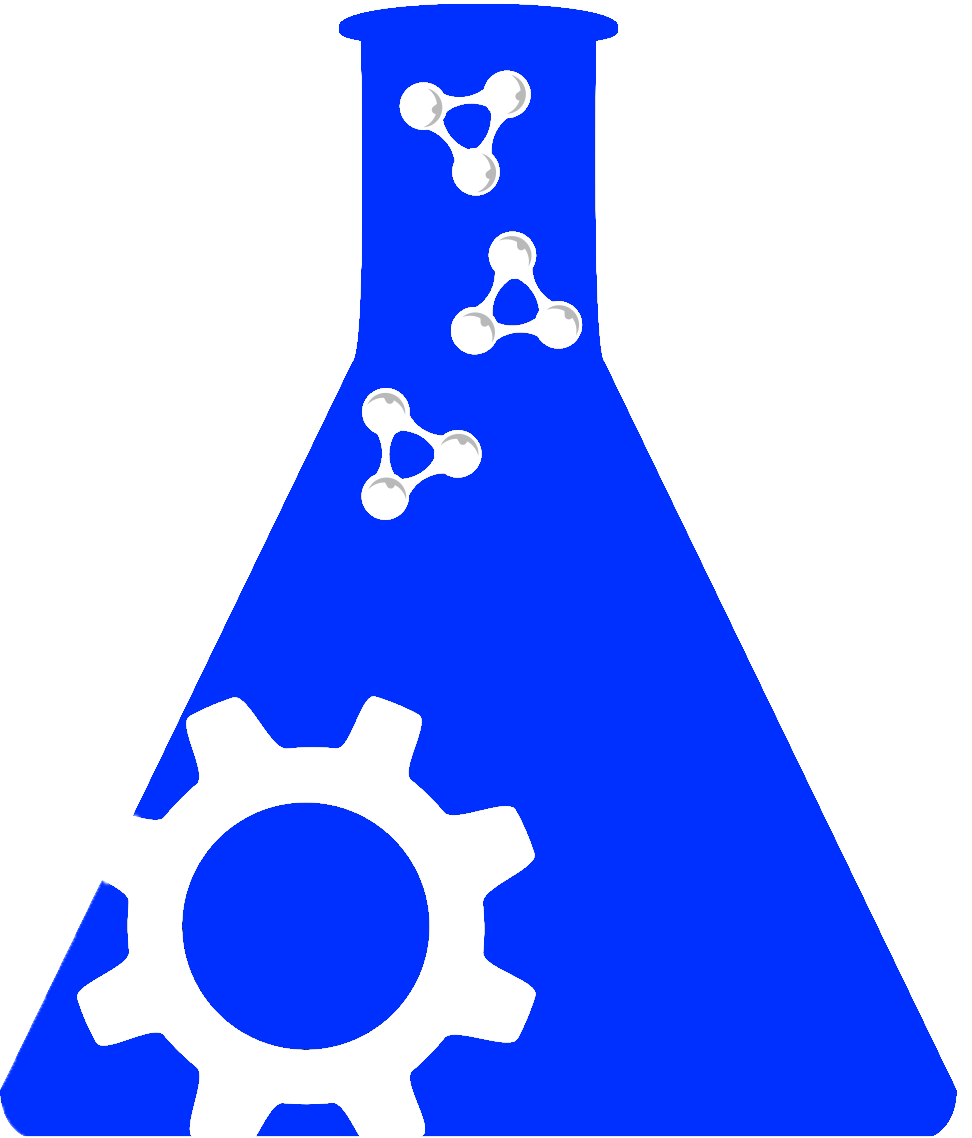Full Data Package |
Data Dictionary |
|||
|---|---|---|---|---|
Create new odc-sci Account and/or log in to download the file. |
||||
Chronic demyelination and myelin repair after T9 contusion spinal cord injuries in male and female mice as measured by new myelin formation, motor evoked potentials, nodal structure, and EM myelin analysis, and further determining the link to glutamatergic axon activity and OPC contacts using chemogenetics in a T3 crush modelDOI:10.34945/F5K88NDATASET CITATIONPukos N., Marion C. M., Arnold W. David., Noble B. T., Popovich P. G., McTigue D. M. (2023) Chronic demyelination and myelin repair after T9 contusion spinal cord injuries in male and female mice as measured by new myelin formation, motor evoked potentials, nodal structure, and EM myelin analysis, and further determining the link to glutamatergic axon activity and OPC contacts using chemogenetics in a T3 crush model. Open Data Commons for Spinal Cord Injury. ODC-SCI:877 http://doi.org/10.34945/F5K88NABSTRACTSTUDY PURPOSE: This study builds off prior work from the McTigue lab showing spinal cord injury (SCI) in mice generates large numbers of oligodendrocytes. This generation was shown to peak between 4 and 7 weeks post-injury (wpi) but extend through at least 2 months post -njury (mpi). The purpose of this study was to significantly extend those findings to determine the long-term myelin changes that occur in response to SCI.DATA COLLECTED: 70 male and female PDGFRalpha-CreERT2: Tau-mGFP mice were used to lineage trace new myelin forming in response to spinal cord injury at 4wpi, 10wpi, 2mpi, 3 mpi, and 6mpi. Mice were randomly assigned to either SCI or Naive groups. SCI mice received a 75kD midline contusion at T9 between approximately 2-4 months of age. An separate, additional cohort of 6 PDGFRalpha-CreERT2: Tau-mGFP mice received the same T9 contusion injuries, and their motor recovery and motor evoked potentials recorded through 2.5mpi. A final cohort of 6 PDGFRalpha-CreERT2: Tau-mGFP mice were sacrificed at 6mpi for TEM analysis to determine the proportion of myelinated, unmyelinated, and remyelinated axons in T9 contusion versus age-matched naive mice. Additionally, 67 female C57BL/6J mice, 2.5 months old, were randomly assigned to naive or T9 contusion groups as assigned above, and assessed at 1 wpi, 2.5wpi, 4 wpi, 10 wpi, or 26 wpi for changes in node structure and composition, Vglut2 expression and Vlgut1 contacts by OPCs. Finally, 13 male and female Vglut2-ires-Cre mice were injected with Gi (n=7) or Gq (n=6) DREADDs at 2-3 weeks of age, then received complete crush injuries at T3 at 2 months old. These mice received either saline or CNO to suppress (Gi) or enhance (Gq) Vglut2 neuron activity through 4wpi and were assessed for differences in oligodendrocyte progenitor cell interactions.CONCLUSIONS: SCI drives new myelin formation for an extended period after injury, through at least 6mpi. Further, a peak in myelination occurs during the 3rd mpi. At this 3mpi peak remyelination point, motor evoked potentials significantly increased, suggesting enhanced axon potential conduction. Interestingly, two indices of demyelination were noted at chronic time points. Nav1.2 upregulation occurred through 10wpi, while nodal protein spreading and disorganization was detectable throughout 6mpi. This suggested chronic demyelination, which we then confirmed using EM. These findings indicate demyelination may continue chronically, potentially triggering the long-term remyelination response described above. Finally, this study sought a potential mechanism for initiating post-injury myelination. Indeed, oligodendrocyte progenitor cell processes contact glutamatergic axons in the injured spinal cord in an activity-dependent manner. When these axons were activated chemogenetically, OPC/axon contacts increased 2-fold, and when axon activity was inhibited, spontaneous OPC/axon contacts decreased by half revealing the necessity for axon activity to initiate OPC processes reaching out to axons. Encouragingly, this reveals a potential therapeutic target to enhance post-SCI myelin repair. As a whole, these results reveal the injured spinal cord is surprisingly dynamic over time, and suggests these tissues could be amenable to treatments targeted toward chronic demyelination.KEYWORDSDemyelination, DREADDs, Glutamate, myelin repair, spinal cord injuryPROVENANCE / ORIGINATING PUBLICATIONSRELEVANT LINKSNOTESCorresponding manuscript accepted at Glia, awaiting publication
|
DATASET INFOContact: McTigue Dana (dana.mctigue@osumc.edu)Lab: Dana McTigue
|
|




